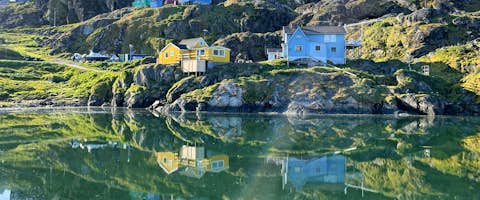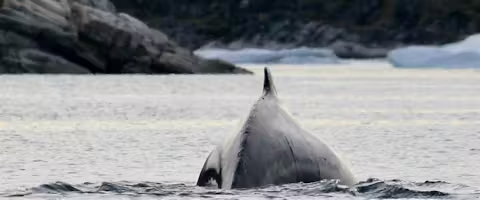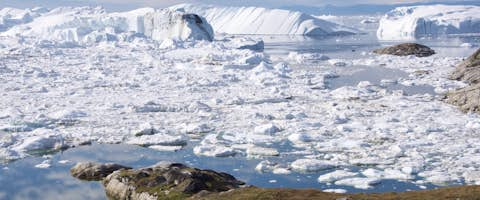Trip Summary
- 4 full days exploring the west coast of Greenland = 8 planned off-ship excursions
- Sail alongside just 175 guests aboard a modern Arctic expedition vessel
- Arctic operational experience since 2017
- Expedition staff to guest ratio of 1:8 for a high level of personalisation
- Sea kayaking available as an optional activity (additional cost)
- Complimentary 3-in-1 parka jacket, plus house wine, beer and soda with dinner
Operator's Itinerary
Start from Kangerlussuaq and end at Kangerlussuaq
Landmarks potentially visited on West Greenland & Disko Bay
















